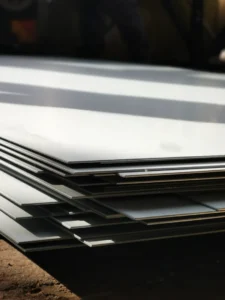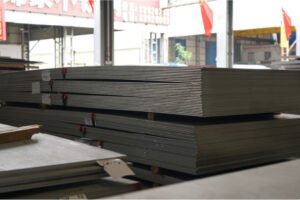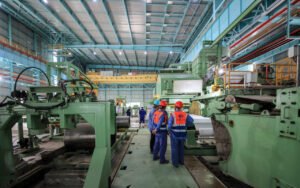FAQ

Why is 316 Stainless Steel More Corrosion-Resistant? A Detailed Look
316 stainless steel is renowned for its superior corrosion resistance, primarily due to its molybdenum content, which effectively prevents pitting and crevice corrosion in chloride-rich environments. This makes it an ideal choice for marine and chemical industries, outperforming other grades like 304. Understanding the key elements—chromium, nickel, and molybdenum—empowers informed material choices, ensuring safety, longevity, and reduced costs. MFY specializes in guiding clients through strategic material selection to protect investments and achieve long-term project success….

Green Passivation Processes for Eco-Friendly Stainless Steel Sheet Finishing
Struggling with the high costs and environmental regulations tied to traditional stainless steel finishing? The hazardous chemicals involved, like nitric acid, create…
RoHS & REACH Compliance Checklist for Stainless Steel Sheet Exporters
Are you struggling to navigate the complex web of RoHS and REACH regulations1 for your stainless steel sheet exports? The fear of…

ASTM A240 vs EN 10088: Stainless Steel Sheet Standards Compared
Are you navigating the complexities of international projects and feeling uncertain about which stainless steel standard to specify? Choosing incorrectly between ASTM…

Top 10 Questions to Ask Your Stainless Steel Sheet Supplier in 2025(Section B)
Are you struggling to find a stainless steel sheet supplier you can truly trust? It’s a common problem where uncertainty about quality,…